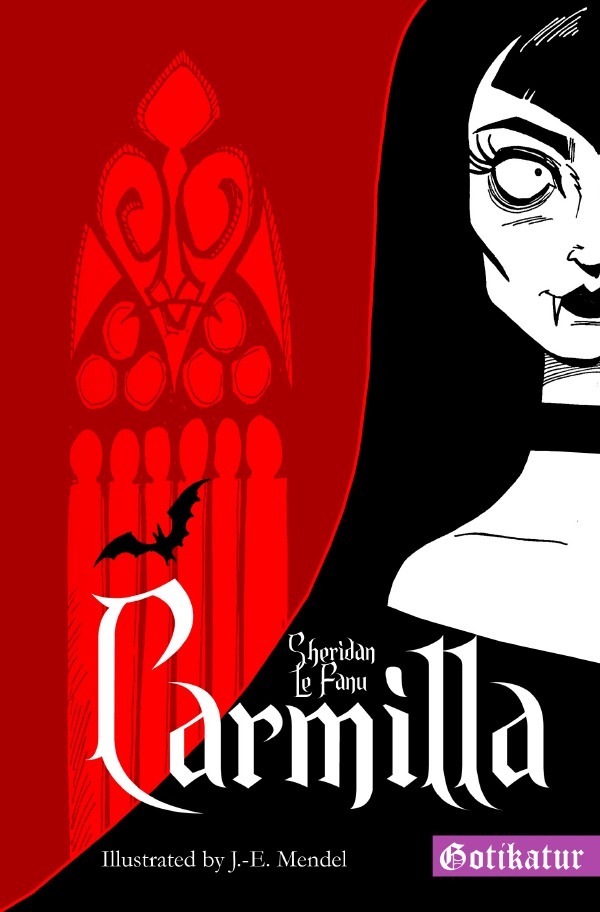
Zustellung: Di, 29.04. - Fr, 02.05.
Versand in 4 Tagen
VersandkostenfreiBestellen & in Filiale abholen:
Carmilla is a Gothic horror novella published in 1872 and is one of the earliest vampire stories in modern literature. The story is narrated by Laura, a young woman who lives with her father in an isolated castle in Styria. Her quiet life takes a dramatic turn when a mysterious carriage accident brings a young girl named Carmilla into their home. Carmilla is beautiful and charming but also exhibits strange behaviors, such as avoiding religious symbols, sleeping late into the day, and expressing an unusually intense affection for Laura. As their friendship deepens, Laura experiences disturbing dreams and a growing sense of unease. Meanwhile, local villagers suffer from a mysterious illness, leading to a rising fear of supernatural forces. Through a series of investigations, Laura and her father discover that Carmilla is actually Mircalla, a vampire from the ancient Karnstein family. With the help of General Spielsdorf, who lost his niece under similar circumstances, they uncover Carmilla's true identity and ultimately destroy her in a dramatic climax. The novella is renowned for its eerie atmosphere, its early depiction of a female vampire, and its underlying themes of forbidden love, isolation, and the supernatural. Carmilla was a major influence on Bram Stoker's Dracula and remains a classic of Gothic literature.
Produktdetails
Erscheinungsdatum
23. Februar 2025
Sprache
englisch
Seitenanzahl
180
Altersempfehlung
von 18 bis 99 Jahren
Autor/Autorin
Sheridan Le Fanu
Illustrationen
Jan-Erik Mendel
Verlag/Hersteller
Produktart
kartoniert
Gewicht
185 g
Größe (L/B/H)
190/125/10 mm
ISBN
9783819040177
Entdecken Sie mehr
Bewertungen
0 Bewertungen
Es wurden noch keine Bewertungen abgegeben. Schreiben Sie die erste Bewertung zu "Carmilla" und helfen Sie damit anderen bei der Kaufentscheidung.









